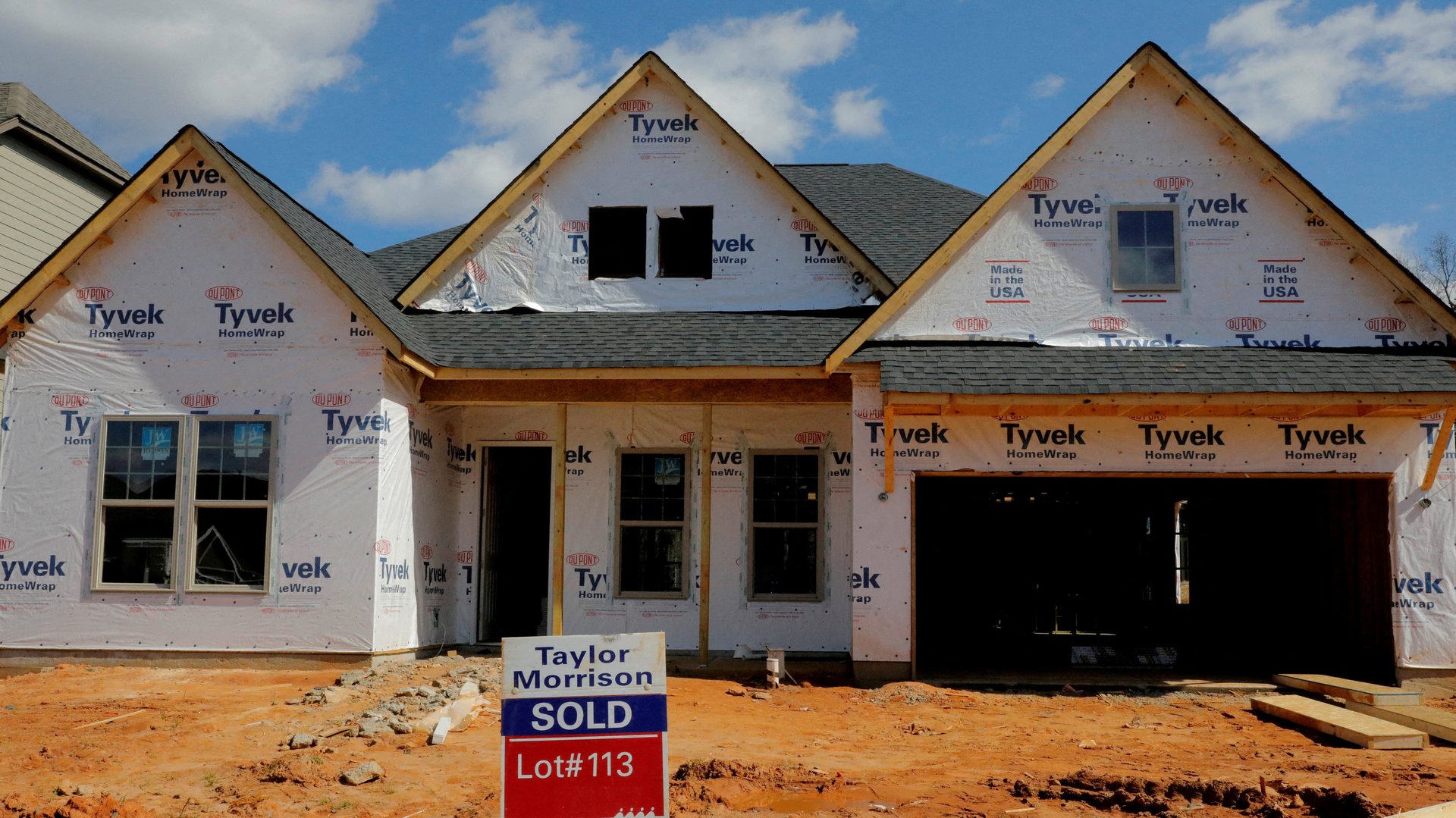America still isn’t building enough homes
Rising interest rates and a seemingly never-ending supply chain crisis are weighing down on US home construction, making it more difficult for the US to make headway on its decades-long home shortage.


Rising interest rates and a seemingly never-ending supply chain crisis are weighing down on US home construction, making it more difficult for the US to make headway on its decades-long home shortage.
In April, new home construction fell by 0.2% from March, according to the latest data from the US Census Bureau on Wednesday. The decline was mostly due to a 7.3% drop in single-family home construction.
The April numbers suggest the boom in home construction fueled by low interest rates is starting to wane. Now that mortgage rates are higher, it’s likely single family construction will decline in the next year, said Robert Dietz, chief economist at the National Association of Home Builders (NAHB). “Housing demand in March and April has reached an inflection point—not the same as a tipping point—but home price growth is going to cool as new home sales for single families start to cool,” he said.
First-time homebuyers will be priced out first, leaving the market for buyers who already own a home or who want to invest in real estate as a speculative asset. Mortgage applications decreased by 11% this week compared to last, according to the Mortgage Bankers Association weekly survey.
Even though the US won’t see a huge change in the number of existing homes this year, with fewer buyers properties will stay in the market for longer, and existing homeowners will feel more comfortable buying the cheaper homes in a less competitive market.
Cooling demand won’t do anything to address the US home shortage, however.
Multi-family home construction is up
Multi-family home construction, meanwhile, jumped by 15.3% in April compared to March. Unlike standalone houses, apartments are likely to continue to be in high demand as employers in cities require workers to come back into the office, Dietz said.
Supply chain snags are getting worse for homebuilders
Whether they are building houses or apartments, supply chain issues are making it difficult for builders to finish homes they have already started. The number of homes being completed also fell by 5.1% in April after falling by 4.5% in March, according to the Census data, and the backup has knocked homebuilder sentiment down to a two-year low.
The build cycle time for a home—the time it takes to build it from start to finish—is roughly 50% longer than it was prior to the pandemic, said Eric Finnigan, director of building products at John Burns Real Estate Consulting, a research firm.
In the first quarter of 2022, those cycle times got one to two weeks longer, Finnigan added. This is due to a labor shortage, and also because builders keep running into supply chain problems.
“Seems like every month, I’m hearing about new product shortages,” Finnigan said. “Last summer, the big story was lumber. Over the winter, it was garage doors. Recently I heard a builder was told electrical transformers would be a six-month wait.”
While the Federal Reserve tackles inflation with higher interest rates, other policymakers could ease the housing shortage by making more land available for building, providing resources to train more workers, and eliminating rules built into zoning policies, like design and aesthetic requirements, Dietz said.